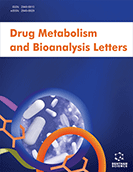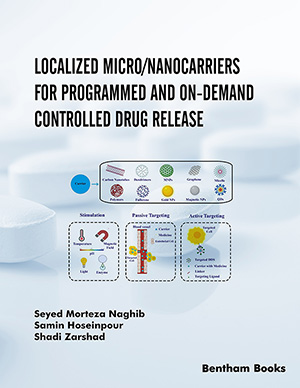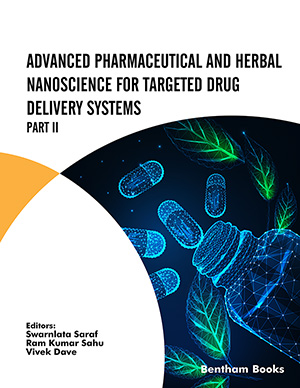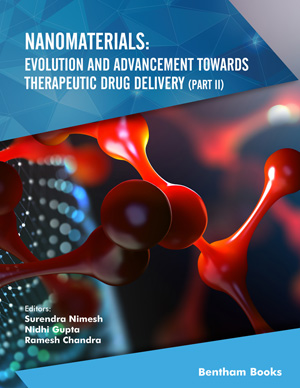Abstract
Background: Decarboxymethyl ligstroside aglycone (Oleocanthal) is an essential component of olive oil. It is therefore interesting to study its metabolism in the human body. In order to find the best possible starting point for this metabolism, a theoretical study was carried out using DFT calculations and docking studies.
Methods: The DFT, B3LYP/6-311++G** and the PCM solvation model calculations were used to study the initial process of Oleocanthal metabolism by the CYP1A2 enzyme. Structures of radicals formed by homolytic dissociation of hydrogen atoms from the Oleocanthal structure were obtained and their properties were studied. Several parameters such as HOMO and LUMO energy gaps, Bond Dissociation Energy (BDE), hardness, and spin density of possible Oleocanthal radicals were taken into account. Docking of Oleocanthal into an enzyme binding pocket was also performed to locate the most probably metabolic site. Detailed analysis of the theoretical results allows the determination of the most likely reaction sites in Oleocanthal. The mode of binding of Oleocanthal to the CYP1A2 enzyme was also predicted.
Results: The results of the molecular docking studies are in agreement with the calculated quantum parameters. The theoretical predictions were compared with experimental data available in the scientific literature. A high correlation between theoretical calculations and experimental data was observed. The most likely site of Oleocanthal metabolism was identified.
Conclusion: The results of our research support the usefulness of theoretical calculations in predicting metabolic pathways.
Keywords: Docking simulations, Oleocanthal, CYPIA2, theoretical calculations, CYP1A2 enzyme, metabolic pathways.
[http://dx.doi.org/10.3390/nu10050570] [PMID: 29734791]
[http://dx.doi.org/10.3390/ijms150712323] [PMID: 25019344]
[http://dx.doi.org/10.1080/23723556.2015.1006077] [PMID: 26380379]
[http://dx.doi.org/10.2174/138161211795428911] [PMID: 21443487]
[http://dx.doi.org/10.1080/14737175.2017.1245617] [PMID: 27762153]
[http://dx.doi.org/10.1097/FJC.0b013e3181c5e7fd] [PMID: 19858733]
[http://dx.doi.org/10.1016/j.drudis.2014.10.017] [PMID: 25448758]
[PMID: 29204981]
[http://dx.doi.org/10.1039/c3cc41858h] [PMID: 23703283]
[http://dx.doi.org/10.18632/oncotarget.9782] [PMID: 27259268]
[http://dx.doi.org/10.3390/ijms19102899] [PMID: 30250008]
[http://dx.doi.org/10.1021/np401010x] [PMID: 24568174]
[http://dx.doi.org/10.2174/0929867311320190006] [PMID: 23521677]
[http://dx.doi.org/10.1080/01635581.2016.1180407] [PMID: 27266366]
[http://dx.doi.org/10.3390/antiox8060161] [PMID: 31195713]
[http://dx.doi.org/10.3390/ijms19082329] [PMID: 30096819]
[http://dx.doi.org/10.3390/antiox10050688] [PMID: 33925686]
[http://dx.doi.org/10.1007/s00216-010-3899-x] [PMID: 20582699]
[http://dx.doi.org/10.3390/pharmaceutics12020134]
[http://dx.doi.org/10.1208/aapsj080112] [PMID: 16584116]
[http://dx.doi.org/10.1007/PL00000897] [PMID: 11437235]
[http://dx.doi.org/10.2174/1389200023337054] [PMID: 12369887]
[http://dx.doi.org/10.1517/17425255.2014.864278] [PMID: 24295134]
[http://dx.doi.org/10.1007/s00894-021-04891-1] [PMID: 34463834]
[http://dx.doi.org/10.1016/j.chphi.2020.100007]
[http://dx.doi.org/10.1002/cbdv.202100703] [PMID: 34997823]
[http://dx.doi.org/10.1002/cbdv.201900675] [PMID: 32141675]
[http://dx.doi.org/10.1016/j.ccr.2012.01.016]
[http://dx.doi.org/10.1016/j.ejmech.2012.08.017] [PMID: 22960693]
[http://dx.doi.org/10.1186/1758-2946-5-34] [PMID: 23849655]
[http://dx.doi.org/10.1016/j.molstruc.2019.06.032]
[http://dx.doi.org/10.1002/qua.20992]
[http://dx.doi.org/10.1002/(SICI)1096-987X(19981115)19:14<1639:AID-JCC10>3.0.CO;2-B]
[http://dx.doi.org/10.1016/j.dmpk.2019.11.006] [PMID: 31902468]
[http://dx.doi.org/10.1002/cbdv.201800339] [PMID: 30284762]
[http://dx.doi.org/10.1021/acs.chemrev.8b00031] [PMID: 29932643]
[http://dx.doi.org/10.1007/s13197-020-04702-0] [PMID: 33897027]
[http://dx.doi.org/10.1016/j.foodchem.2014.05.015] [PMID: 24996331]
[http://dx.doi.org/10.1080/03602532.2020.1765792] [PMID: 32645272]
[http://dx.doi.org/10.1080/10715762.2019.1648798] [PMID: 31357895]
[http://dx.doi.org/10.4103/1735-5362.301336] [PMID: 33828595]
 24
24 2
2




















